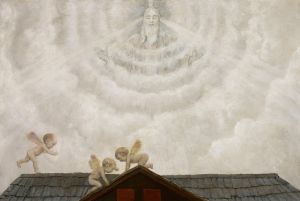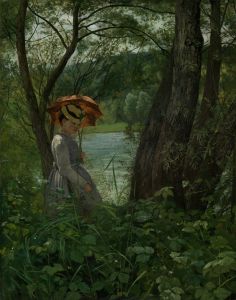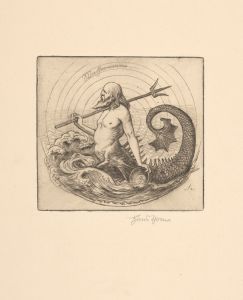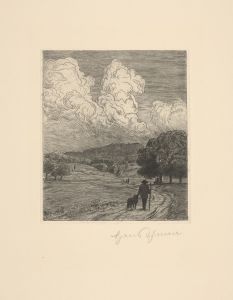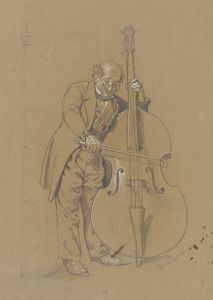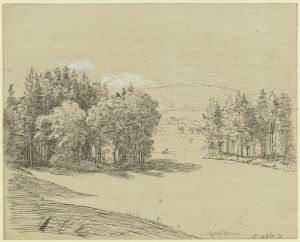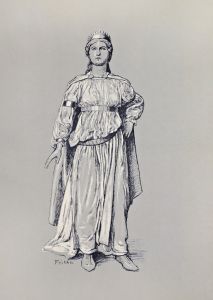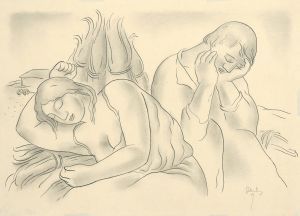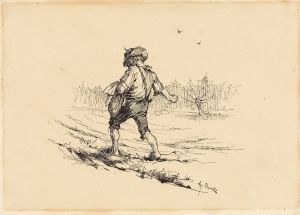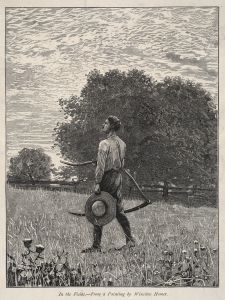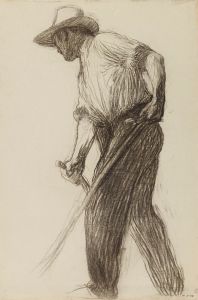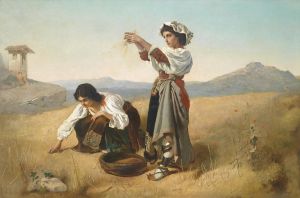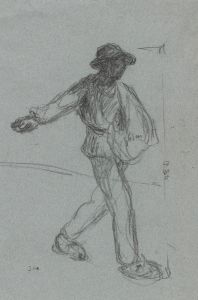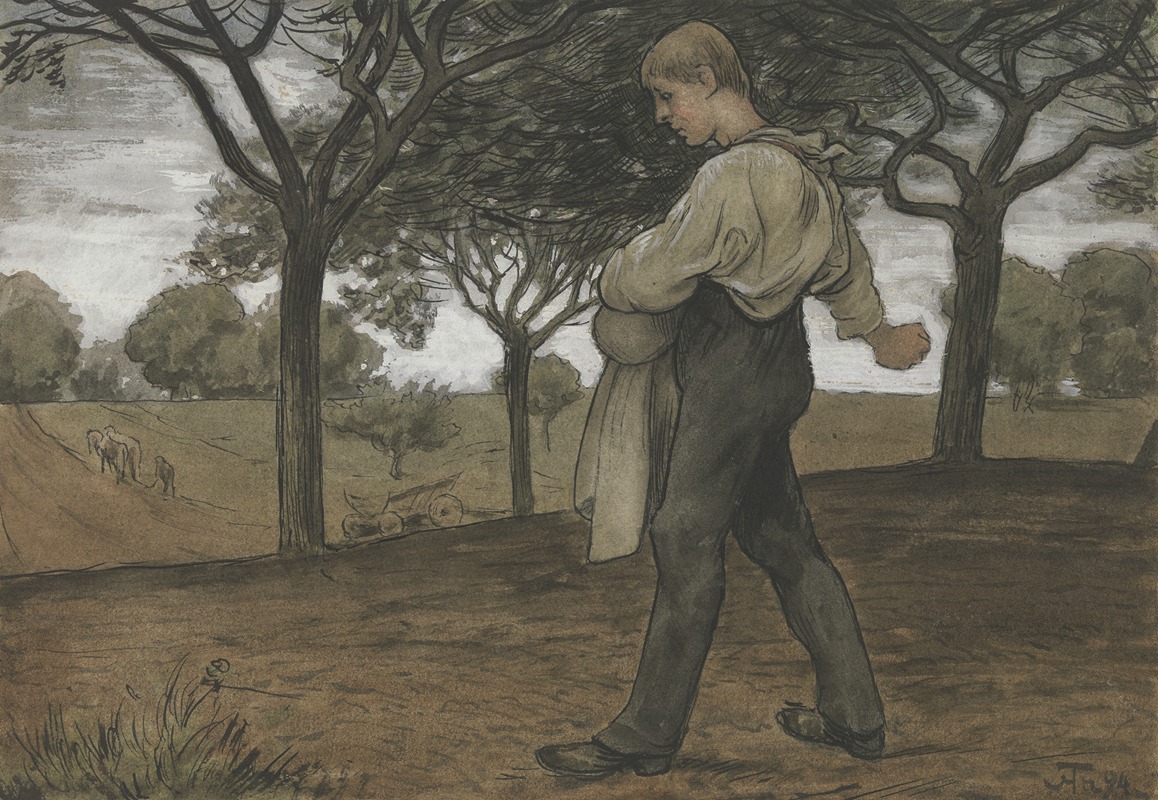
Sower
A hand-painted replica of Hans Thoma’s masterpiece Sower, meticulously crafted by professional artists to capture the true essence of the original. Each piece is created with museum-quality canvas and rare mineral pigments, carefully painted by experienced artists with delicate brushstrokes and rich, layered colors to perfectly recreate the texture of the original artwork. Unlike machine-printed reproductions, this hand-painted version brings the painting to life, infused with the artist’s emotions and skill in every stroke. Whether for personal collection or home decoration, it instantly elevates the artistic atmosphere of any space.
Hans Thoma (1839-1924) was a German painter known for his landscapes and genre scenes that often depicted rural life. One of his notable works is "Sower," which exemplifies his ability to capture the essence of the countryside and the people who inhabit it.
"Sower" was painted in 1896, during a period when Thoma had already established himself as a significant figure in the German art scene. The painting portrays a solitary figure of a farmer sowing seeds in a field, a timeless and universal symbol of agriculture and the cycle of life. The composition is straightforward yet powerful, emphasizing the connection between humans and nature.
Thoma's style in "Sower" reflects his academic training and his exposure to various artistic movements. He studied at the Karlsruhe Academy of Fine Arts and later in Düsseldorf, where he was influenced by the Düsseldorf School of painting, known for its detailed and realistic approach. Thoma also spent time in Paris, where he encountered the works of the Barbizon School, which emphasized naturalistic landscapes and rural scenes.
The "Sower" painting is characterized by its meticulous attention to detail and the harmonious use of color. Thoma employs a naturalistic palette, with earthy tones dominating the scene. The figure of the sower is rendered with a sense of solidity and purpose, his movements captured in mid-action, suggesting the repetitive and rhythmic nature of his task. The background features a vast expanse of cultivated land, stretching towards a distant horizon, under a sky that hints at the changing seasons.
Thoma's work often reflects his deep appreciation for the German countryside and its traditions. "Sower" can be seen as a tribute to the agrarian lifestyle that was still prevalent in many parts of Germany during his lifetime. The painting resonates with a sense of nostalgia and respect for the hard work and perseverance of rural communities.
Throughout his career, Hans Thoma received numerous accolades and held several prestigious positions. He was appointed director of the Karlsruhe Academy of Fine Arts in 1899, a testament to his influence and reputation in the art world. His works, including "Sower," were celebrated for their technical skill and their ability to convey the beauty and simplicity of everyday life.
"Sower" remains an important piece within Thoma's oeuvre and is representative of his broader artistic themes. It continues to be appreciated for its aesthetic qualities and its portrayal of a fundamental aspect of human existence. The painting is housed in the Kunsthalle Mannheim, a museum that holds a significant collection of Thoma's works, allowing visitors to explore the depth and breadth of his artistic contributions.
In summary, "Sower" by Hans Thoma is a masterful depiction of rural life, showcasing the artist's technical prowess and his deep connection to the natural world. It stands as a testament to Thoma's ability to capture the timeless and universal aspects of human labor and the landscape that sustains it.





